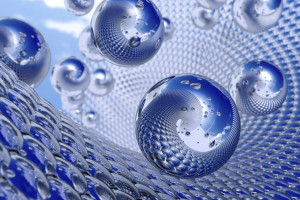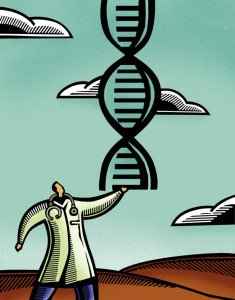 At Florida Lung, Asthma and Sleep Specialists, we have said many times that we believe a balance of patient care and research work hand-in-glove to provide hope for those who are victims of lung disease.
At Florida Lung, Asthma and Sleep Specialists, we have said many times that we believe a balance of patient care and research work hand-in-glove to provide hope for those who are victims of lung disease.
For this reason, we often enjoy bringing our blog readers articles concerning cutting edge scientific studies. Here in Orlando, we believe today’s research brings tomorrow’s treatment. Research is also full of something everyone often needs: hope.
Today’s topic takes us into the miniscule world of nano-technology.
A Little Anatomy With Nano-technology
Your lungs have a mucus barrier to protect lungs from foreign matter. The mucus barrier prevents bacteria from invading and infecting your lungs. Because of this, healthy lungs, are very proactive when encountering inhaled matter. Airway mucus snares it, snaps it up and protects the lungs with the beating action of hundreds of tiny cilia. Cilia are “small, hairlike strands.” Eventually, the cilia pushes inhaled matter into “the stomach to be eventually degraded.”
Thus, we can see that the mucus barrier protects lungs from foreign materials and bacteria.
When is this NOT a good thing?
Sometimes, as noted by Jung Soo Suk, Ph.D., of Jons Hopkins University, “this essential protective mechanism also prevents many inhaled therapeutics, including gene-based medicine, from reaching their target.”
He added, “Reasearch scientists have been searching for a way…to breach the mucus barrier in lungs.”
The Nano-Discovery!
Johns Hopkins University Department of Chemical and Biomolecular Engineering and the Federal University of Rio de Janeiro in Brazil have announced the design of a DNA-loaded nano-particle.
Why is this wonderful?
This talented, tiny nano-particle can penetrate the mucus barrier in lungs, bringing with it healing gene therapies. Nano-technology is a delivery system. It could make it possible for doctors “to provide an inhaled vehicle to deliver targeted therapeutic genes for those suffering from life-threatening lung disorders.”
In other words, “A DNA-loaded nano-particle has been designed that can pass through the mucus barrier-coverings of the airways of lung tissue. Researchers may have discovered first gene delivery system that efficiently penetrates the hard-to-breach human airway, mucus barrier of lung tissue.”
Nanotechnology: Key to Future COPD Therapy?
Riding within nano-particles, therapeutic genes, medicines we already have, might, “be delivered directly to the lungs to the levels sufficient to treat cystic fibrosis (CF), chronic obstructive pulmonary disease (COPD,) asthma and other life-threatening lung diseases.”
Dr. Jung Soo Suk, a biomedical engineer and faculty member at the Center for Nanomedicine at the Wilmer Eye Institute at Johns Hopkins, stated, “To our knowledge, this is the first  biodegradable gene delivery system that efficiently penetrates the human airway mucus barrier of lung tissue.”
biodegradable gene delivery system that efficiently penetrates the human airway mucus barrier of lung tissue.”
And That’s Not All!
Even more importantly, Dr. Suk and his team stated that, in some cases, a single dose might last several months. Likewise, the scientists predict fewer side effects than current treatments.
Doctors and staff at FLASS know there is no doubt these developments would be highly beneficial to patients.
Florida Lung, Asthma and Sleep Specialists are committed to bringing you more news, as the story of nano-particles for lungs progresses.
Although Dr. Suk acknowledges that many more studies must be done before this technique is used for patients, FLASS has seen how quickly but cautiously today’s research transforms into treatments.
The nano-particles are already delivering some important little packages of hope for the patients–and doctors–who are fighting lung disease.

